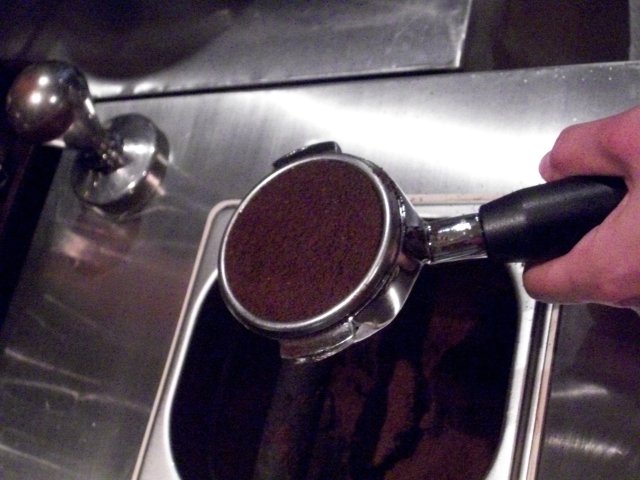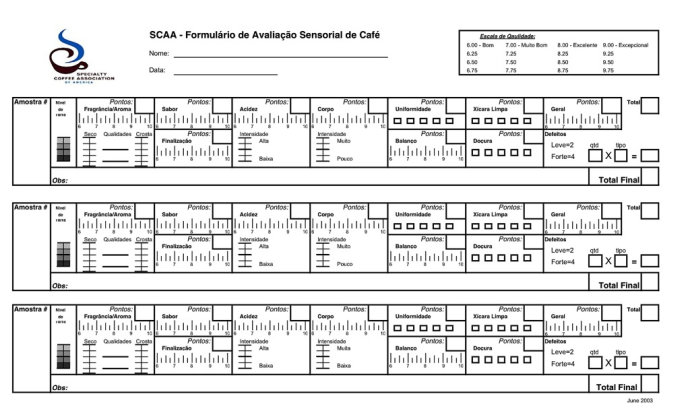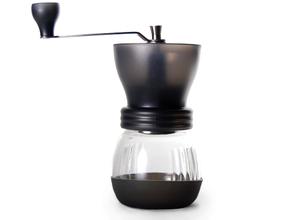Espresso production process precautions extraction espresso powder strength tips standard movements
Powder pressing is a very important step in the manufacturing process of Espresso. We have already talked about the importance and requirements of pressing powder. So is the use of pressing powder as strong as possible? What does the power of powder pressing have to do with it?
Theoretically speaking, with the difference of the thickness of the coffee powder, that is, the grinding degree of the coffee powder, the force of the pressing powder should be adjusted accordingly. The coarser the coffee powder is ground, the greater the crushing force should be, and the finer the coffee powder is, the smaller the pressing power should be. The thickness here does not mean the thickness allowed by the bean grinder, but refers to the thickness within the grinding range of coffee powder suitable for Espresso production.
When the ground coffee powder is thicker, it should be heavily pressed so that the coffee powder with larger particles can be distributed more closely and the gap between the powders can be reduced. If you use a lot of strength, the movement requirements of cloth powder and pressing powder can be met, but the state of extraction is still not ideal when making Espresso (for example, the flow rate is too fast and the coffee flow is unstable), then the grinding may be too rough, try to adjust it a little finer before making it. At this time, it is not the reason that the powder is not strong enough, if you stubbornly think that the powder is not strong enough and desperately press, the damage to the wrist is very great over a long period of time.

By the same token, it is clear that he did not use much strength to press the powder, but the coffee fell bit by bit, or even did not fall, so maybe the coffee powder was a little too fine, so it should be thicker at this time.
Therefore, the power of pressing powder is not as big as possible, nor is it as small as possible, which needs to be adjusted according to the degree of grinding.
So what should be done under the appropriate degree of grinding?
Assuming that the degree of grinding at this time is appropriate, then if the coffee is not ideal, the problem of the degree of grinding can no longer be considered. At this time, it is necessary to consider whether the requirements of cloth powder and pressing powder have been met, and if they are all done well, then consider the factor of pressing powder strength.
According to the state of the Espresso production process, we can judge whether the powder pressing strength is appropriate. If the coffee flows quickly and runs out of 30cc in less than 20 seconds, then the strength of the pressing powder should be insufficient (the prerequisite is that other influencing factors have been ruled out, and the powder is evenly distributed) then the strength of the pressing powder should be increased appropriately to make the coffee pressed powder denser. If the coffee flow rate is very slow, with a rotating trend into the cup, has not extracted 30cc for more than 30 seconds, then the powder force is too large (the premise is that other factors have been ruled out, cloth powder, uniform powder level), then try to reduce the powder strength.
There is also a situation that is more obvious when using double-cup bowls. Coffee production is relatively smooth, coffee flow is smooth, and is relatively fine flow down, the extraction of 30cc coffee amount of time is slightly longer (more than 30 seconds), then according to the above basically no problem. However, when you take off the handle and observe, you will find that there is still a lot of water on pressed powder, indicating that the current with a force equivalent to nine atmospheric pressure does not pass smoothly through pressed powder. At this time, when you taste the coffee, you will find it is thin and sharp. In the case of grinding degree, smooth and uniform pressing powder and no problem with powder distribution and other factors, it is a question of powder pressing strength. Strong powder pressing will cause there are still traces of water on pressed powder.
Therefore, the strength of the powder is not the bigger the better, if you blindly pursue to increase the intensity in order to perfect the so-called extraction state and prolong the extraction time, you will not get the real Espresso instead.
Source: happy Coffee Xiao Xu's blog
Important Notice :
前街咖啡 FrontStreet Coffee has moved to new addredd:
FrontStreet Coffee Address: 315,Donghua East Road,GuangZhou
Tel:020 38364473
- Prev

Introduction to the production of Coffee Flavor Wheel Coffee in SCAA Professional Coffee Cup Evaluation system of American Fine Coffee Association
As one of the most authoritative professional coffee institutions in the world, the professional coffee cup evaluation system established by SCAA is used as a collection of methods, processes and standards for coffee quality evaluation. Although most cafes in China are not suitable to use this method for cup evaluation, some methods and details in the process may be helpful for us to understand the taste of coffee.
- Next

How to use manual bean grinder? How to use the electric bean grinder? What's the difference between hand mill and electric mill?
Use of manual grinder and electric grinder 01 Manual grinder: there are generally two kinds of manual grinders, one is the fiat plate burr grinder on the sawtooth, which is distributed up and down like a grinding plate, and the other is the conical burr grinder with funnel-shaped serrated teeth embedded on the grinding plate on the other surface. The difference lies in the horizontal and vertical sawtooth.
Related
- What is the meaning of lactic acid fermentation with coffee bean treatment?
- How to judge the state of foam by sound?
- How does the latte pull out the unicorn pattern? Come to get for a little trick to improve the flower pull!
- Will flower pulling affect the taste of the latte?
- Do you know the history of coffee?
- The difference between honey treatment and sun washing what is raisin honey treatment?
- What kind of milk can a novice use to make coffee foam to keep the foam longer? The correct method and skills of milking tutorial sharing
- Why do washed coffee beans taste sour? Flavor characteristics of washed Coffee
- Introduction to the skill of how to practice the size and height of water injection around the circle of hand-brewed coffee
- How do beginners practice coffee flower drawing from scratch?

